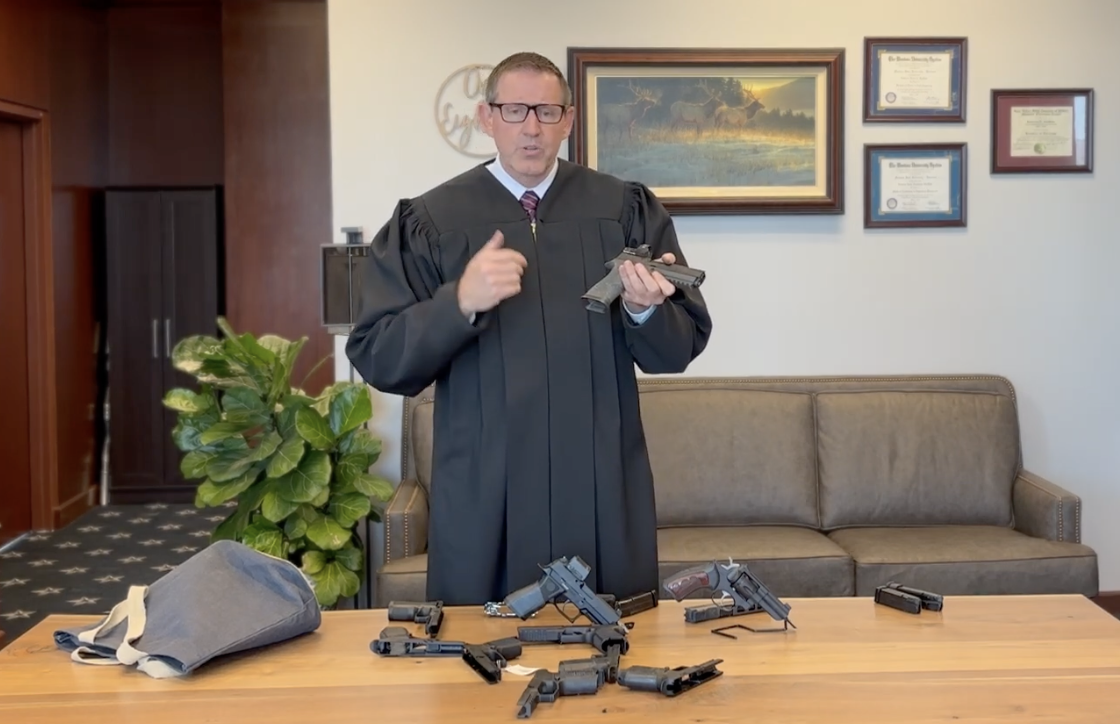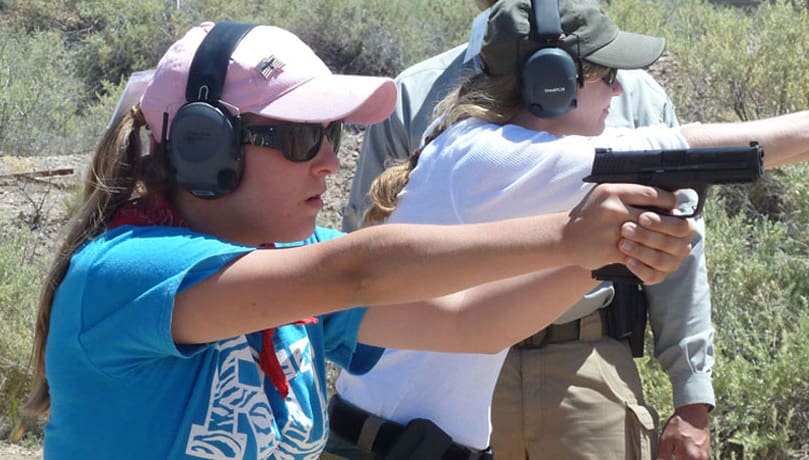Could shooting ranges [like Machine Gun Vegas] be the future of Bushmasters, of SKS rifles and AR-15s and AR-10s? It seems the thought experiment we need in Second Amendment debates, where pro-gun advocates warn that federal ownership registries and licensing are the sine qua non of government tyranny.
Yet the United States has successfully depleted the supply of machine guns, as well as the ease and attractiveness of their use by criminals, with exactly these measures: a gun database and a thoroughgoing application process. (That said, the left should be as wary as libertarians—perhaps more so these days—of the potential risks that gun registries run as a tool of discrimination and harassment; one need not sympathize, as some on the gun right do, with David Koresh and the Branch Davidians to acknowledge that the ATF has abused its oversight powers before.)
But compared to regulating the types of semiauto rifles that have grown popular in mass shootings, the machine-gun regulatory blueprint also seems quaint today. As gun proponents never tire of pointing out, it’s much easier to define a class of “machine guns” than it is to define “assault weapons.”
One formidable argument for the ineffectiveness of the Clinton era’s ban on assault weapons was that it defined those guns largely by cosmetic modifications or accessorizing—pistol grips, folding stocks, bayonet lugs—so that near-identical guns, with identical ammunition and mechanical capabilities, were exempt from the ban.
Even “machine guns” get redefined as arms technology and tastes evolve. The bumpfire episode shows that before the Las Vegas shooting and the eventual ban of these accessories, the ATF was issuing insurance letters to bumpstock-makers that guaranteed their products were legal “firearm parts” and didn’t qualify as NFA weapons.
A more significant challenge to restricting semiautomatic weapons is that there are simply too many AR- and AK-style firearms in the United States, with ever more being brought to market—far more such weapons than there ever were machine guns in the country.
When machine guns were banned, revulsion against them and the violence they wrought was already a consensus social norm. Because of their cost and the carnage they sowed, they were seen almost exclusively as the province of armies and gangsters. They never became, as the AR-15 has become, an instrument of sport or a revered totem of freedom and self-reliance.
In any case, the thought experiment may actually need to run in reverse: We may need to consider what America would look like if machine guns were more readily available. The explosion in popularity—and the cultural significance—of AR-15s as a civic talisman is also a symptom of a more malignant pro-gun segment of the conservative movement.
Ever since the election of Barack Obama fueled appetites for anti-government conspiracy theories, this new breed of gun fundamentalist has eagerly embraced a belief in “constitutional carry,” an innovative dogma that insists citizens have a Second Amendment right to carry any weaponry anywhere, without training or licensing. Unsurprisingly, in this atmosphere, machine guns—preferred by gangsters, effectively banned by a stroke of Ronald Reagan’s pen, and consistently considered taboo by most Americans—now have more advocates than ever.
– Adam Weinstein in A Shot in Hell: Should Las Vegas’s machine-gun rental industry be the future liberals want for assault weapons?








